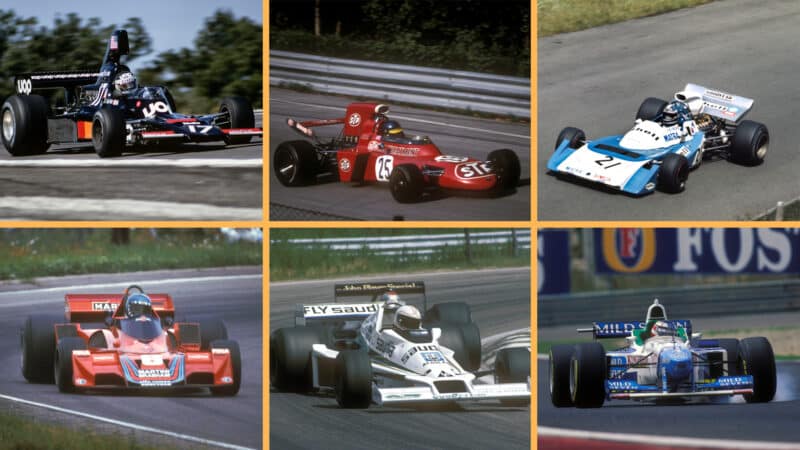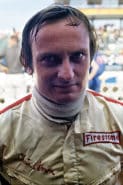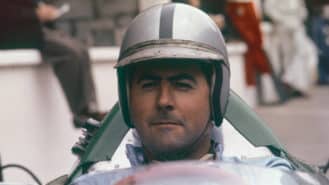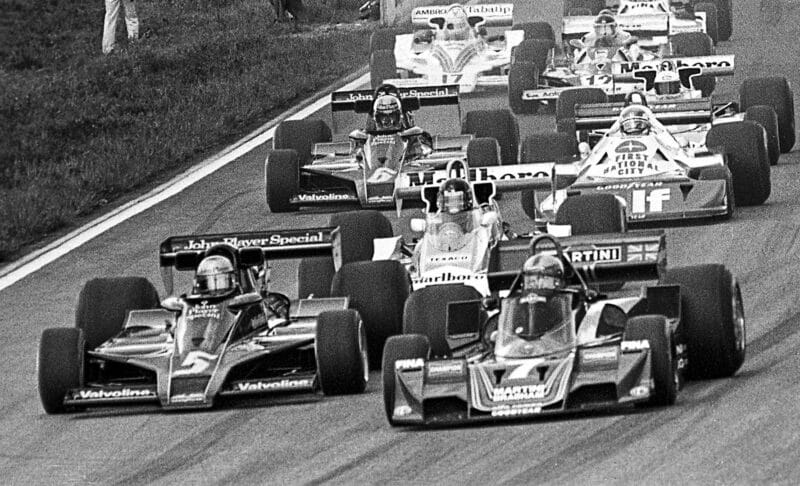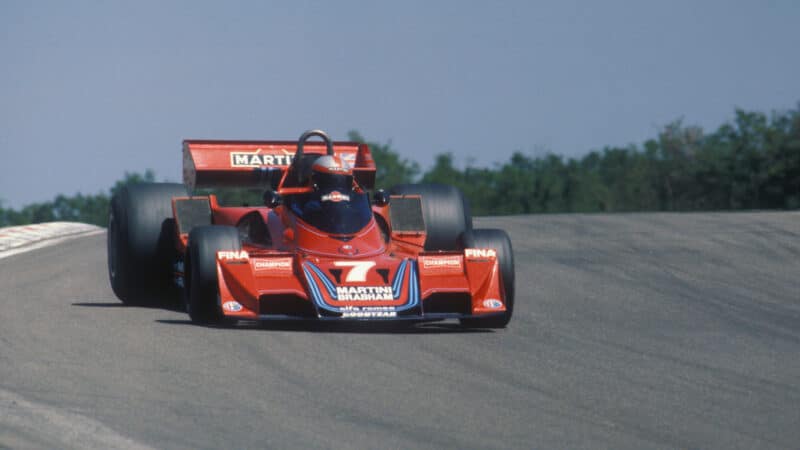A few freakishly one-sided seasons apart – 1988, 2002, 2004 and 2016 come to mind – quick but not super-quick F1 cars would usually win the odd grand prix. There have been some exceptions, of course, which set me thinking: which was the greatest F1 car never to win a championship grand prix?
I ended up with a short-list of six: Matra MS120, March 711, Shadow DN5, Brabham BT45B, Williams FW06, Benetton B196. I am absolutely certain that you are already either (a) decrying my selection or (b) yelling the names of other F1 cars at your PC/Mac/iPhone, and please feel free to convert those declamations into comments below. But, for me, Chris Amon should have won and so nearly did win championship grands prix in the sonorous V12-engined Matra MS120 in 1971 and 1972. To be fair, he won the non-championship F1 Argentine Grand Prix in the car in 1971, but only 10 F1 cars were entered, the field was stretched to 15 only by the addition of five Formula 5000 cars, and Rolf Stommelen took the pole in a Surtees TS7: hardly a stellar driver/car combo.
Ronnie Peterson finished nine championship grands prix in his March 711 ‘tea tray’ in 1971, five times in the first three, second at Monaco, Silverstone, Mosport and, famously, Monza, just 0.01sec behind Peter Gethin’s winning BRM P160 in the slipstreamer to end all slipstreamers. He finished second in the drivers’ world championship that year, too.
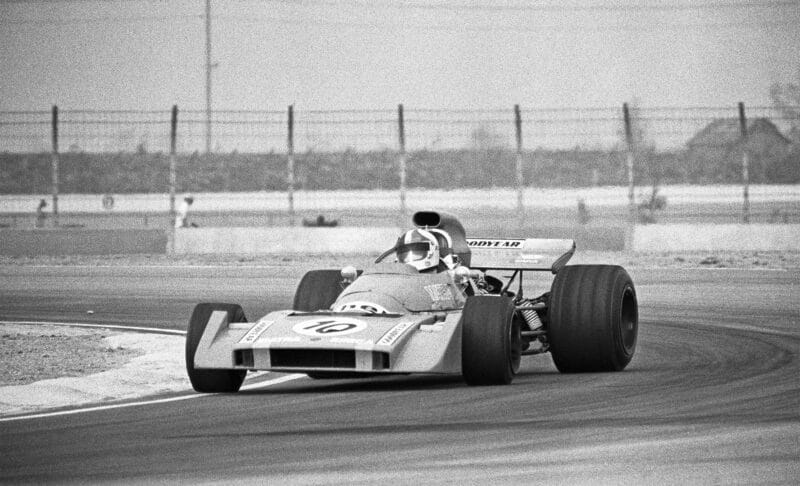
Amon’s Matra – a race winner in non-championship events
Getty Images
Jean-Pierre Jarier put his Shadow DN5 on the pole for the first two championship grands prix of the 1975 F1 season, Buenos Aires and Sao Paulo, but he failed to finish either. Indeed, he finished only three championship grands prix all year. Jarier’s team-mate Tom Pryce put the car on the pole for the British Grand Prix at Silverstone that year, but after a while the Northamptonshire heavens opened and he crashed out at Becketts on lap 21. He won the non-championship F1 Race of Champions at Brands Hatch in the car though, from the pole, carving fastest lap.
The 1978 Williams FW06, Patrick Head’s debut F1 design, was dinky and elegant, and, alongside Maurice Philippe’s 1978 Tyrrell 008 (with which Patrick Depailler won that year’s Monaco Grand Prix), was the finest and fastest pre-ground-effect Cosworth/Hewland/Goodyear F1 car. Alan Jones finished second in the FW06 at Watkins Glen, albeit well beaten by Carlos Reutemann’s Ferrari 312 T3, but it was at Long Beach that Jones could have won in the car. From eighth on the grid, he worked his way up to second, again behind Reutemann’s Ferrari.
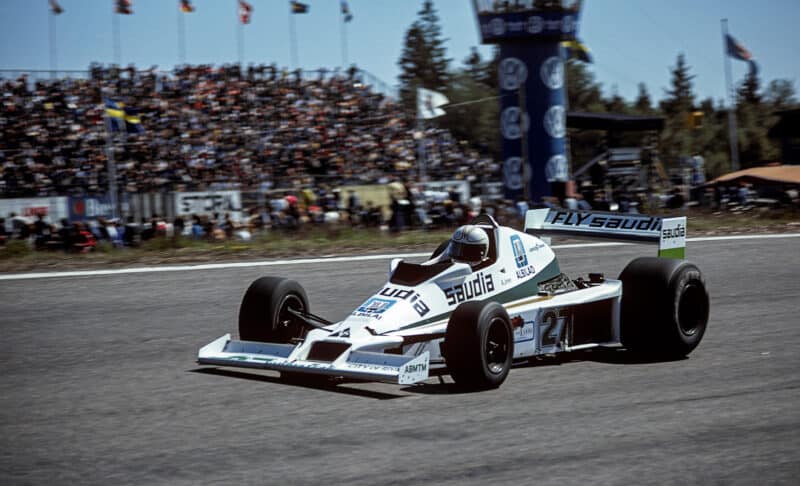
The Williams FW06 looked the part but was denied victory
Getty Images
The Williams was clearly the quicker of the two cars in the corners, but the grunt of the flat-12 in the back of the Ferrari kept Reutemann ahead on the straights. Even so, Jones might well have won had his front wings not begun to deform, owing to a fabrication problem. Then his Cosworth V8 developed a misfire and he limped home seventh. Nonetheless, he had driven the fastest lap.
The Benetton B196 took its drivers to 10 podiums in 1996, eight for Jean Alesi and two for Gerhard Berger; but, with respect to those two fine drivers, had the Benetton boys still had Michael Schumacher, who had won F1 world championships in their cars in both of the previous years, the B196 would surely have won a grand prix or two.
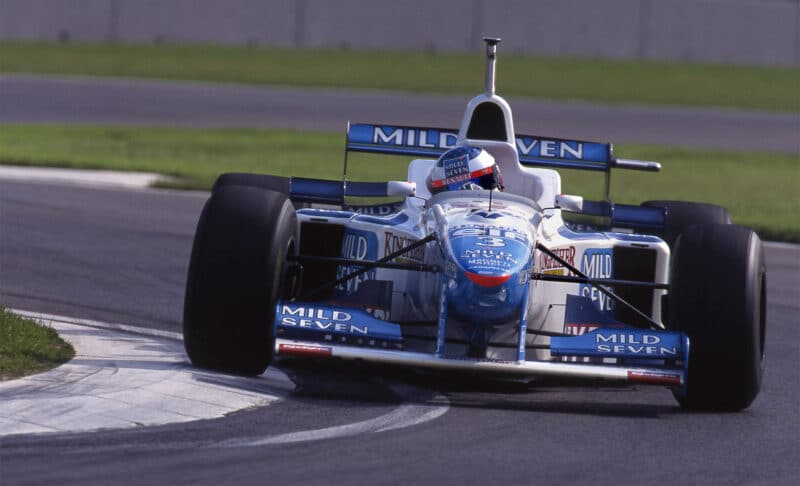
After two championship-winning years, Benetton failed to achieve victory with its B196
Getty Images
You may have noticed that I skipped the Brabham BT45B. The reason is that, in my humble opinion, it is the greatest F1 car never to win a championship grand prix, so I have saved it until last. Stunningly attractive, its hunky lines accentuated by its red and blue Martini livery, one of the most splendid ever to grace any racing car, it was powered by the potent Alfa Romeo flat-12 that had been successful in sports car racing but proved both heavy and unreliable in its debut F1 season, 1976. Carlos Reutemann and Pace failed to score a single podium finish in the car that year, and, by Monza, Reutemann had slung his hook, joining Ferrari after Niki Lauda’s Nürburgring accident.
